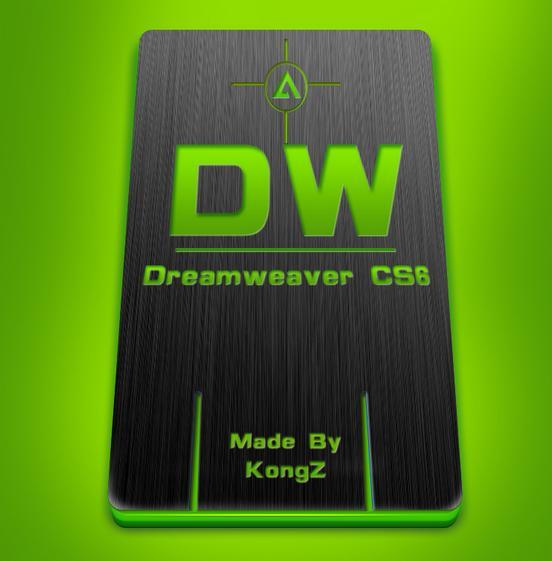

Here’s a tip: leave all of these options at their defaults when you create your first 3D Wall. Here you can change many display options, including the distance between images in the photo wall, interface and text colors, and the strength of the reflection. The titles appear to the right of the file names in the dialog.Ĭlick the Advanced Tab to open the advanced settings dialog. Repeat this step for each image you want to have a title. You can add titles to any or all of your images by first clicking to the select the file name and then entering a title in the Title field at the bottom of the dialog. When you have the settings the way you want, click OK to import the images and close the dialog.

Click the sharpen check box to automatically sharpen the images after they are resized. Check the crop box to crop images automatically to fit the specified size. You can also use the drop-down to choose an image format.

The extension will create optimized copies of the images in the sized you specify automatically. In the Thumbnails section, you guessed it, enter the size you want for the thumbnail versions. Resize to fit: enter the height and width you want to use for the largest version of the images in the photo wall. In the Image Resize Options section, click to select a folder where you want the extension to save the images generated as the wall is created. (Tip: gather only the images you want in the photo wall into its own folder, but don’t worry about sizing the images, as you’ll see in the next step the extension will take care of that for you.) Then click the small folder icon just above the Title bar in the main area of the dialog (as shown in the screenshot) to select a folder of images.Ĭlick the browse button and then click to select the folder that contains the images you want to appear in the photo wall.

In the 3D Photo Wall dialog, first enter a name in the Object Name field. STEP 3 Name the Slideshow and Select Images When you select Fish Eye Menu, the 3D Photo Wall dialog opens. Although the extension is called 3D Wall, the item is listed as Fish Eye Menu in the version shown in this screenshot. Place your cursor where you want the 3D wall to appear in your Web page and choose Insert > DMXzone and then select the extension. The installation steps are the same in versions 8, CS3, and CS4 of Dreamweaver, but the Extensions Manager has a new look in CS4.Ĭreate a new page or open an existing one and make sure you’ve defined the site in Dreamweaver (see Web tutorial, “Defining a Site in Dreamweaver,” if you need more help with this step ( ). You’ll find more detailed instructions for downloading and installing extensions in my Web tutorial, “Enhancing Dreamweaver with New Extensions,” on the site ( ).
#Dreamweaver extention install
Follow the link to the site from Adobe, or go directly to and download and install the 3D Wall extension. You can find many great Dreamweaver extensions on the Adobe Web site at Many of the popular options were created by DMXZone. STEP 1 Download and Install the Extension
#Dreamweaver extention how to
In this Web tutorial, you find detailed instructions for how to use this advanced extension. Using this program, you can automatically generate a wall of photos to add interactivity and flair to your galleries. Priced over $100 this is one of the most expensive extensions featured on the Adobe Exchange site, but it does have a high coolness factor. If you’re looking for a more distinctive look for your photo galleries, you may be pleased to discover the 3D Photo Wall from the. And for those really creative times, you won't want to miss our background effects tools.Create an online slide show with the 3D Wall Extension and your visitors can zoom, pan, and drag your images around your Web pages with Interactive ease.
#Dreamweaver extention full
Choose from full gallery tools to engaging rotators.


 0 kommentar(er)
0 kommentar(er)
